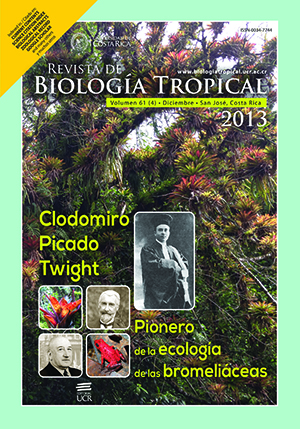Abstract
Labeo rohita is a member of the Indian major carp species and originally an inhabitant of the Ganga river network in India. It is among the top ten aquaculture species of the world. Since there is a lack of information on the growth pattern of the wild populations of this species, this study aimed at evaluating the pattern of age and growth, to support the development of effective management plans. A total of 1 082 samples of L. rohita were obtained from May 2009 to July 2012 in six drainages of the Ganga basin. Scales of the fish were used to determine the age and growth by analyzing the annual rings growth. Out of six populations, a maximum 8+ age classes were recorded from two rivers (Betwa and Sharda). The back-calculated lengths at 8+ age class ranged from 86.22cm to 91.66cm. However, for the rest of rivers up to 7+ age classes were recorded. Among growth parameters, specific rate of length increase (Cl) and specific rate of weight increase (Cw) showed decreasing trend, and three distinct life stages of L. rohita were recorded based on growth constant data (Clt). Analysis of variance (ANOVA) of the back-calculated length data set of six populations indicated a significant difference (p<0.05). All three populations showed significant variation in length attainment during 1+ and 3+ age groups, while two populations showed significant variation in length attainment during the 2+ and 7+ age classes. Additionally, analysis of age frequency at different length intervals indicated that with increase in age class, number of fish samples was reduced. Since the pattern of life history traits of L. rohita have not been attempted in the recent past; therefore, this study will guide fisheries biologists about the current stock structure of this fish across different spatial scale of the Ganga basin.Comments
Downloads
Download data is not yet available.






